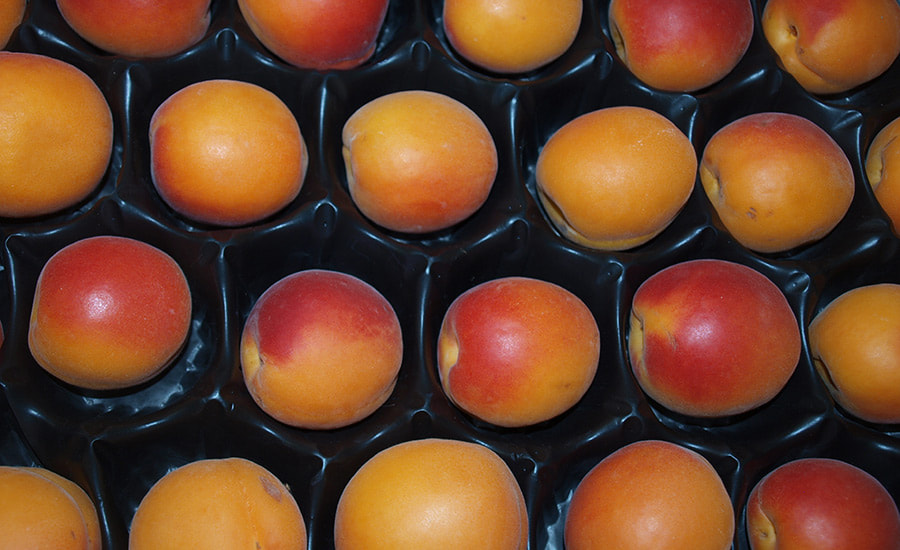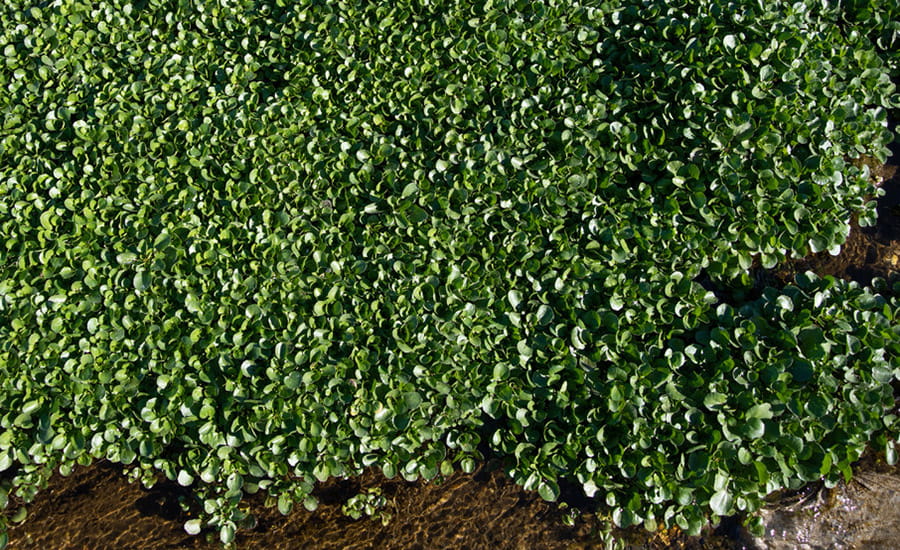How do green spaces, gardens as well as fruit and vegetables impact our health and wellbeing? Professor Geoff Dixon tells us more.
‘We are what we eat’ is an aphorism that is becoming much better understood both by the general public and by healthcare professionals. Similarly, ‘we are where we live’ is gaining greater appreciation. Both these pithy observations underline the social and economic importance of horticulture and the allied art of gardening.
An exuberant display of flowers – what can be better for the soul?
Few things stimulate the human spirit more than a fine, colourful display of well grown and presented flowers. Seeing and working with green and colourful plants is increasingly recognised for its psychological power, reducing stress and increasing wellbeing. In our increasingly urbanised society, with myriads of high-rise housing blocks, the provision of well-tended parks and gardens is not a luxury – it is essential.
Hospital patients recover more quickly when they can see and sit in green spaces. Equally, providing access to gardens and gardening for schools should be a vital part of the children’s environment. They gain an understanding of biological mechanisms and the equally important need for conserving biodiversity and controlling the rate of climate change.
The recently published National Food Strategy emphasised the importance of fruit and vegetables as a major part of our diets. Both fruit and vegetables provide essential vitamins, nutrients and fibres which consumed over time diminish the incidence of cancers, coronary, strokes and digestive diseases.
Apricots are high in catechins.
Eating varying types of fruit and vegetables increases their value – apricots, for example, are high in catechins which are potent anti-inflammatory agents. Members of the brassica (cabbage) family are exceptionally valuable for mitigating diseases of ‘modern society’. All contain glucosynolates, which evolved as means for combating pest and pathogen attacks and co-incidentally provide similar services for humans. Watercress – an aquatic brassica – is rich in vitamins A, C and E, plus folate, calcium and iron. Its high water content means portions consumed fresh or as soups are low in calories.
Watercress – an aquatic brassica boasts numerous health benefits.
These messages and facts are now being recognised both publicly and politically, and not before time. For the past 50 years the universal panaceas have been pharmaceutical drugs. In moderation, these have been of immense value. Use to excess is both counterproductive and needlessly expensive health-wise and financially.
Returning to Grandma’s advice, ‘an apple a day keeps the doctor away’, supports both individual and planetary good health.
Written by Professor Geoff Dixon, author of Garden practices and their science, published by Routledge 2019.







